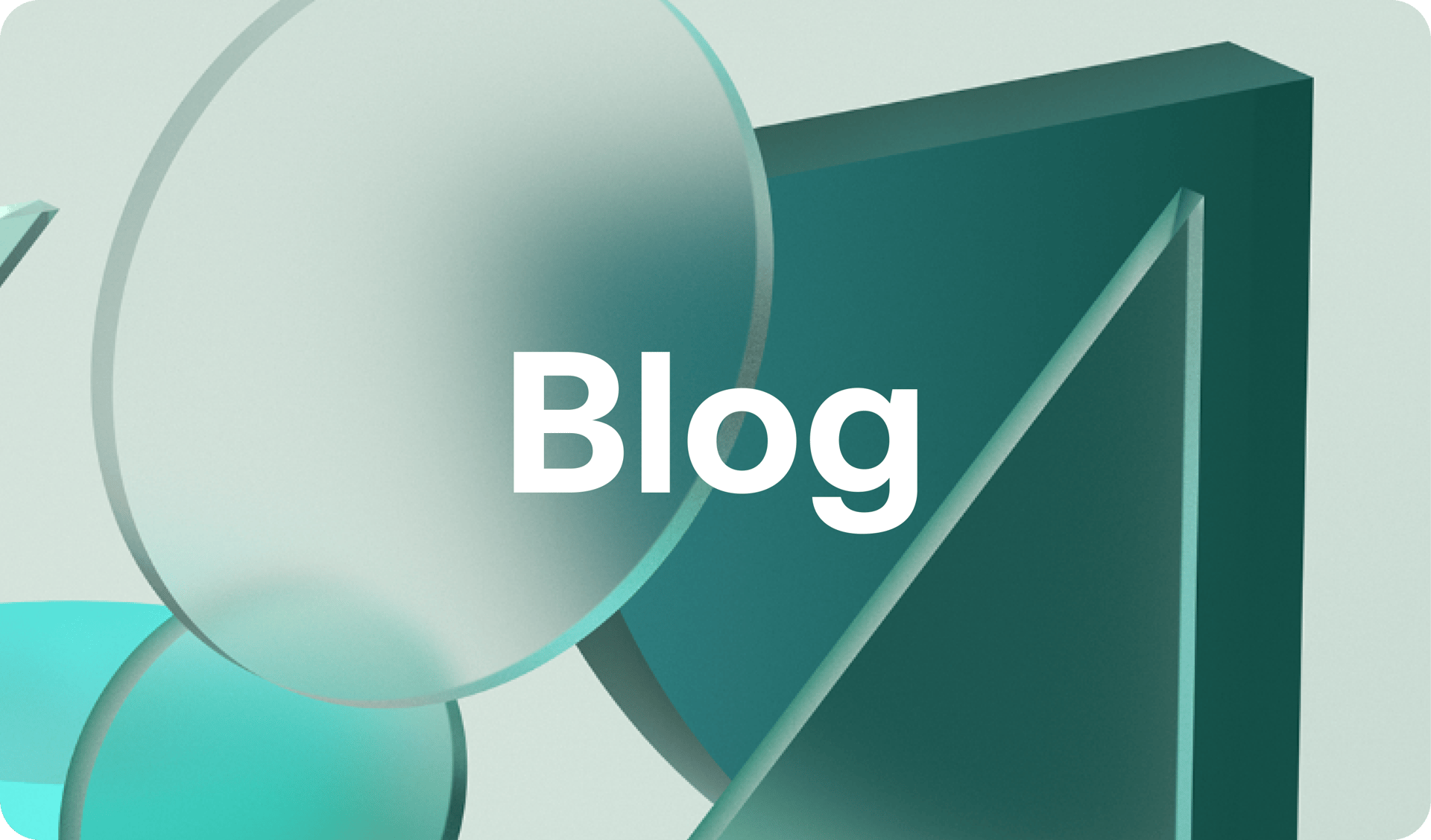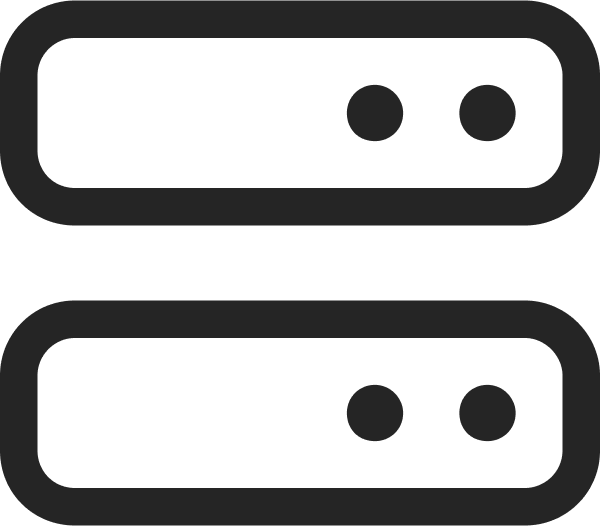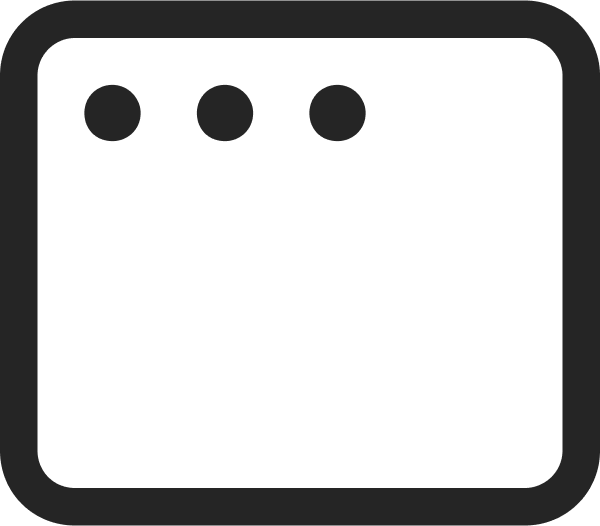Is Light or Dark Mode Better for Eyes? The Definitive Guide
January 10, 2025
Words by Jeff Cardello
Light mode and dark mode offer distinct user experiences.
Light mode is open and sunny, with darker text and other elements standing out against lighter backgrounds, creating a clean, natural feel. Dark mode, on the other hand, showcases a radical contrast between dark backgrounds and light foreground elements, resulting in designs that feel futuristic. The choice between light and dark mode for a website is both an artistic decision and one that can influence usability.
As designers, we often face the question, “Is light or dark mode better for eyes?” We’re going to explore what makes these themes unique, and how they impact a user’s experience.
What is dark mode?
It’s easy to take modern computers for granted. With 16.7 million possibilities at the standard 24-bit color depth, we’re used to seeing digital visuals in full and magnificent color.
But there was a time when displays were far less sophisticated. Before color monitors entered the scene, computer screens were about as high-tech as black-and-white televisions. CRT displays worked through the action of electron beams, which illuminated points on phosphorescent film, forming text and simple graphics. What wasn’t touched by electrons remained dark, giving what was on screen a warm monochromatic glow. Color CRT monitors capable of more than just amber, green, or white would become more commonplace in personal computing in the early 1980’s as they became more affordable. Modern computers typically use LED-backlit LCD screens or OLED displays, capable of producing a multitude of colors.
While today’s dark mode web apps are very different, they have much in common with their early predecessors, sharing a characteristic look due to the juxtaposition of dark and light. If you’d like to see some useful examples, please check out some of our dark mode color palette ideas.
Common elements of dark mode
Black/dark backgrounds
Dark mode achieves its unique aesthetic with backgrounds featuring black, dark gray, blue, or other deep colors.
Background colors commonly used in dark mode include:
Night
#0D0D0D
Oxford Blue
#092240
Rich Black
#051426
Light colors
Headlines, body text, navigation options, display typefaces, icons, and other elements are displayed in lighter colors compared to the background and other main colors in a design.
When creating dark mode websites, you’ll want to pay attention to the contrast ratio between text and background colors. According to the Web Content Accessibility Guidelines (WCAG) small text that’s below 18px or bold text under 14px should have a minimum contrast ratio of 4.5:1. For larger text of 18px or above and bold text of 14px and above there should be a minimum contrast ratio of 3:1.
When asking, “Is light or dark mode better for eyes?” a design’s contrast ratio is an important factor. Whether in dark or light mode, without an appropriate amount of contrast, it can lead to eye strain, and impede a user’s experience.
Light colors that work great for text and visuals in dark mode include:
Jordy Blue
#A8D1FF
Cyan
#00FFFF
Lavender
#E6E6FA
Minimalism
Dark mode relies on radical contrasts between dark and light. It’s an aesthetic marked by extremes. Often dark mode websites embrace minimalism so that they don’t overwhelm visitors.
Is light or dark mode better for eyes? The benefits of dark mode
Decreased eye strain
In low-lit situations, dark mode can be gentler on the eyes by reducing the total amount of bright light coming from the screen.
Better sleep
Blue light deceives our brains into thinking it’s daytime. This decreases the amount of melatonin our bodies produce, keeping us awake at night. Dark mode, diminishes the amount of blue light, making it great for using web apps at night. While dark mode doesn’t completely eliminate blue light, if you’re asking, “Is light or dark mode better for eyes?” it can be a better option at night both in terms of eye strain and having less of an impact on one’s sleep.
Dark mode looks cool
It's a classic cinematic trope. A hacker is hunched over a computer screen, fingers fervently typing as we see cryptic code illuminated on a darkened screen. There's something about dark mode that evokes mystique and intrigue. Imagine if Neo in The Matrix saw the cascading zeros and ones representing reality set against a light background? This would be a far less interesting visual.
Dark mode also makes certain visual effects appear more dazzling. Gaussian blurs, gradients, glassmorphism, 3D animations, and other visuals can be more striking when set against dark backgrounds.
What is light mode?
While developments in processing power and memory drove the evolution of personal computing in the 1980s, graphical user interfaces were also advancing.
Early computers with their robotic command-based user interfaces weren’t exactly warm and inviting. As monitors developed wider color ranges, usability improved, offering people experiences that mimicked print. Seeing dark text set on white or light backgrounds felt more familiar, making interacting with computers feel more natural. The origins of light mode as we know it today can be traced to the introduction of the Apple Macintosh in 1984 and Windows 1.0 in 1985 with systems featuring light-themed graphical user interfaces.
While dark mode certainly existed in different forms prior to 2018, the launch of macOS Mojave which gave users the option to toggle between light and dark, popularized it in the lexicon of design.
Background colors commonly used in light mode:
White
#FFFFFF
Anti-flash
White
#EEEEF1
Sea Salt
#FAFAFA
Text colors widely used in light mode:
Jet
#333333
Oxford Blue
#092240
Smoky Black
#1D1A05
Is light or dark mode better for eyes? The benefits of light mode
Improved Readability
In well-lit environments, light mode offers better contrast and causes less eye strain making it easier to focus as one scrolls.
Colors feel more accurate
The saturation, hue, and intensities of colors in light mode appear more accurate because we perceive them the same way we would in natural light.
It’s better for lengthy amounts of text
Sharing similarities to print, light mode is the preferred format for text-heavy web applications. Lighter colored backgrounds are easier on the eyes, especially when there’s a lot of content to scroll through. If you’re creating something like a year-end review or a web app with extensive text, the answer to the question, “Is light or dark mode better for the eyes?” is clear.
Light mode website examples
CNA Lifestyle x Chanel
Built with Vev, The Power of Red tells the story of camellia flowers and how they’re used in beauty products. With a layout of light grey, the classic look of the serif typeface Neuton, and scroll-triggered animations, it combines the best of digital design with a print-like aesthetic that feels like the pages of cosmetic’s catalog. The grey background is soft and subtle, providing a balanced contrast between the reds and blacks that appear throughout this website.
Spencer Gabor
Graphic designer Spencer Gabor shows off a love for bold colors and quirky characters in his illustration work. This light mode design with its stark white negative space and minimalist san-serif typography provides a neutral backdrop, letting the vibrant colors and energy of his artistry come through.
Base Habitation
Base Habitation offers cabins with a sleek sense of modernism, full of sharp symmetry and the beauty of raw materials while still feeling rustic. This is a photo driven website, where every image captures the beauty of these cabins, as well as the majesty of nature. Light mode is the right answer to “Is light or dark mode better for eyes” if you want the colors in a design to appear organic and vibrant.
Dark mode website examples
Keikku
With a void-like darkness and the celestial glow of graphics and text Keikku, a tech company specializing in digital stethoscopes, embraces dark mode for its sophisticated sense of futurism. The main focal point is Keikku’s stethoscope. With its diffused blue light and polished curves, it looks like a medical device found aboard a spaceship. As visitors scroll, it spins as if through low gravity, finally resting in someone’s hand. This is a wonderful example of how the minimalism of dark mode is a great fit for tech companies.
Poliigon
If you’re a fan of the open-source 3D modeling tool Blender, you’ve likely run through Andrew Price’s famous Donut Tutorial. It’s a great starting point that simplifies the often intimidating UI of Blender. Poliigon is Rice’s company that offers a wide range of textures, models, and other assets in helping craft 3D visuals.
Textures can have much in terms of visual information. Roughness, shininess, coloration, and how they diffuse light are all qualities that lend to their realism. When presenting complex graphics like realistic textures, dark mode is the obvious answer to, “Is light or dark mode better for eyes?”
Lama Lama
Lama Lama is an agency specializing in immersive digital experiences. Its website utilizes an almost near-with a touch a blue as an inky backdrop for its neon-like blue text and interactive graphics. Along with its use of dark mode in giving it a forward-thinking feel, touches like a hover triggered trail of pixels and an asymmetric layout add to its unique tech-inspired aesthetic.
Summary: Is light or dark mode better for eyes?
Light mode and dark mode both have their benefits. While light mode is better suited for designs that focus on text, dark mode is more atmospheric and dreamy. In choosing a theme for your own designs, it really depends on the type of vibe you want to evoke. You can even give visitors the choice to toggle between dark and light mode by using variables in Vev.
Create custom interactive content with Vev
Whether you’d like to go with a dark, light, or your own personalized color scheme, Vev offers plenty of possibilities. Along with Vev’s flexibility in working with color, you get all the components and tools you need for constructing layouts, integrating text, adding animations, and other elements for designing websites. Publish anywhere on the web, seamlessly integrating and embedding with your existing CMS, or let us host content for you.
Want More Inspo?
Get our monthly newsletter straight to your inbox.
You can always unsubscribe at any time.
Privacy Policy

















